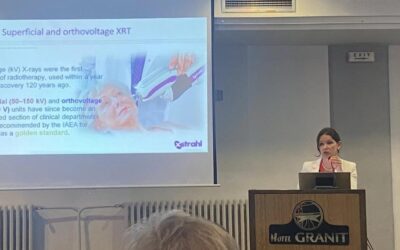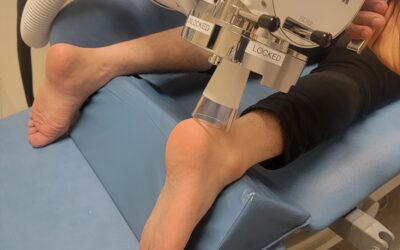PURPOSE:
To review and describe our institution’s outcomes in patients treated with external beam radiotherapy after keloid excision.
METHODS AND MATERIALS:
This was a retrospective study. Patients who received radiotherapy between July 1994 and January 2004 after keloid excision were identified. A questionnaire was mailed regarding sociodemographic factors, early and late radiation toxicities, the need for additional therapy, and satisfaction level. All patients had received a total of 15 Gy in three daily 5-Gy fractions. Treatment started within 24 h after surgery and was delivered on a Siemens orthovoltage machine. The data were analyzed using the STATA statistical package.
RESULTS:
A total of 234 patients were approached. The response rate was 41%, and 75% were female. The mean age was 36.5 years (range, 16-69 years). The patients were mainly of European (53.1%) or African (19.8%) descent. For early toxicity outcomes, 54.2% reported skin redness and 24% reported skin peeling. For late toxicity outcomes, 27% reported telangiectasia and 62% reported permanent skin color changes. No association was found with gender, skin color, or age for the late toxicity outcomes. Of the patients responding, 14.6% required adjuvant treatment. On a visual scale of 1-10 for the satisfaction level, 60% reported a satisfaction level of > or =8. Telangiectasia was the most significant predictor of a low satisfaction level (< or =3, p < 0.005).
CONCLUSION:
The results of our study have shown that orthovoltage-based radiotherapy after surgical excision for keloids is a good method for the prevention of relapse. It is well tolerated, causes little toxicity, and leads to a high patient satisfaction level.
Speranza G, Sultanem K & Muanza T.






